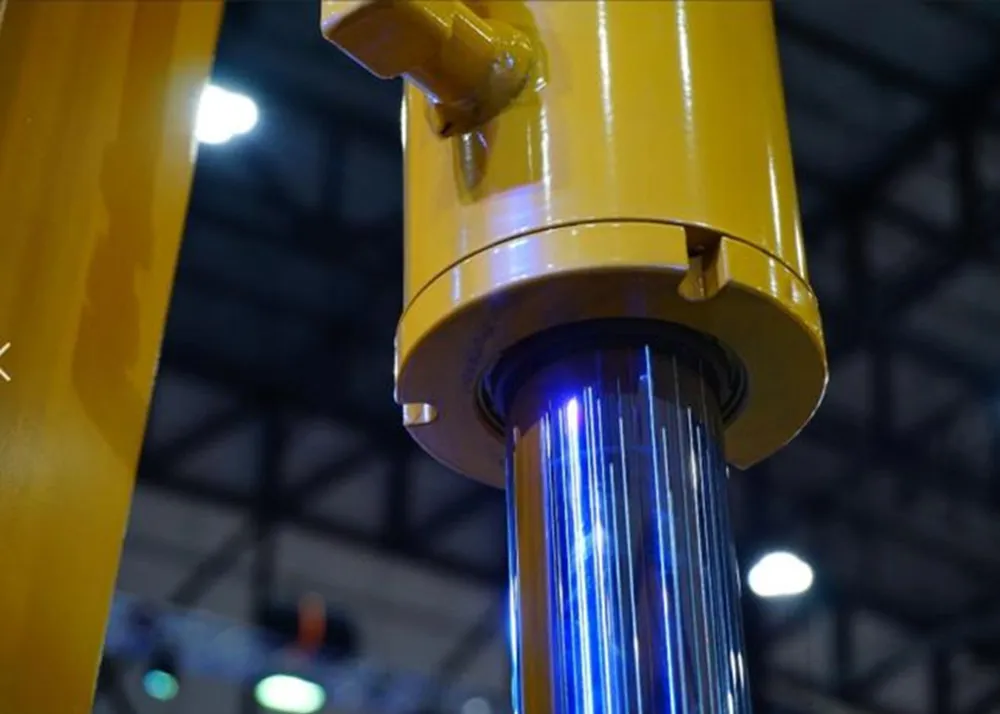- English
- Español
- Português
- русский
- Français
- 日本語
- Deutsch
- tiếng Việt
- Italiano
- Nederlands
- ภาษาไทย
- Polski
- 한국어
- Svenska
- magyar
- Malay
- বাংলা ভাষার
- Dansk
- Suomi
- हिन्दी
- Pilipino
- Türkçe
- Gaeilge
- العربية
- Indonesia
- Norsk
- تمل
- český
- ελληνικά
- український
- Javanese
- فارسی
- தமிழ்
- తెలుగు
- नेपाली
- Burmese
- български
- ລາວ
- Latine
- Қазақша
- Euskal
- Azərbaycan
- Slovenský jazyk
- Македонски
- Lietuvos
- Eesti Keel
- Română
- Slovenski
- मराठी
- Srpski језик
How to Remove Air from a Hydraulic System
2024-12-16
Air in a hydraulic system can lead to decreased performance and even cause failures. Therefore, removing air from a hydraulic system is an essential step to ensure its normal operation. Here are several effective methods to remove air from a hydraulic system:
1.No-load operation for air release: Operate the system control valve under no-load conditions to circulate hydraulic oil, which helps to expel air through the flow back into the reservoir and release it. This method is simple and effective and is suitable for most hydraulic systems. However, it may not completely remove air from complex or large-scale systems.
2.Utilize air release devices: After the pressure is reduced to a safe range, open the air release valve, air release hole, or pressure gauge fitting to release the air from the system. This method is fast and efficient, especially suitable for systems with a high risk of cavitation. Ensure that the air release device is equipped with an anti-oil leakage design.
3.Manual air release: In a pressure-free state of the system, easily loosen the hydraulic pipe fittings to release the mixed air. This method allows for quick operation in emergency situations, but care should be taken to avoid oil splashing, and proper environmental protection and resource conservation should be observed.
4.Observe the movement of the hydraulic cylinder: If there is air in the system, the hydraulic cylinder will vibrate, creep, and heat up easily, and you can hear a "gurgling, gurgling" sound from inside the reservoir. By observing these phenomena, you can determine whether there is still air in the system.
Summary
The issue of air in a hydraulic system should not be ignored, as it can significantly reduce the performance and reliability of the equipment. By mastering the correct air release methods and preventive measures, the impact of air on the hydraulic system can be effectively eliminated, extending the service life of the equipment and ensuring the system operates efficiently and stably.





